There are 1,092 UNESCO World Heritage Sites in the world, comprising 209 natural monuments and 845 cultural and historical sites — all of which are considered internationally significant and worthy of particular preservation.
Selecting our top ten UNESCO World Heritage Sites was, naturally, a difficult task. Although, those on our final list are deserving of the honour, and fortunately, all of the places are accessible and can be included in the plans of several global vacations.
So, what are the finest sites, and where can you discover them? Here is our selection of the top ten best UNESCO World Heritage Sites.
Taj Mahal, India
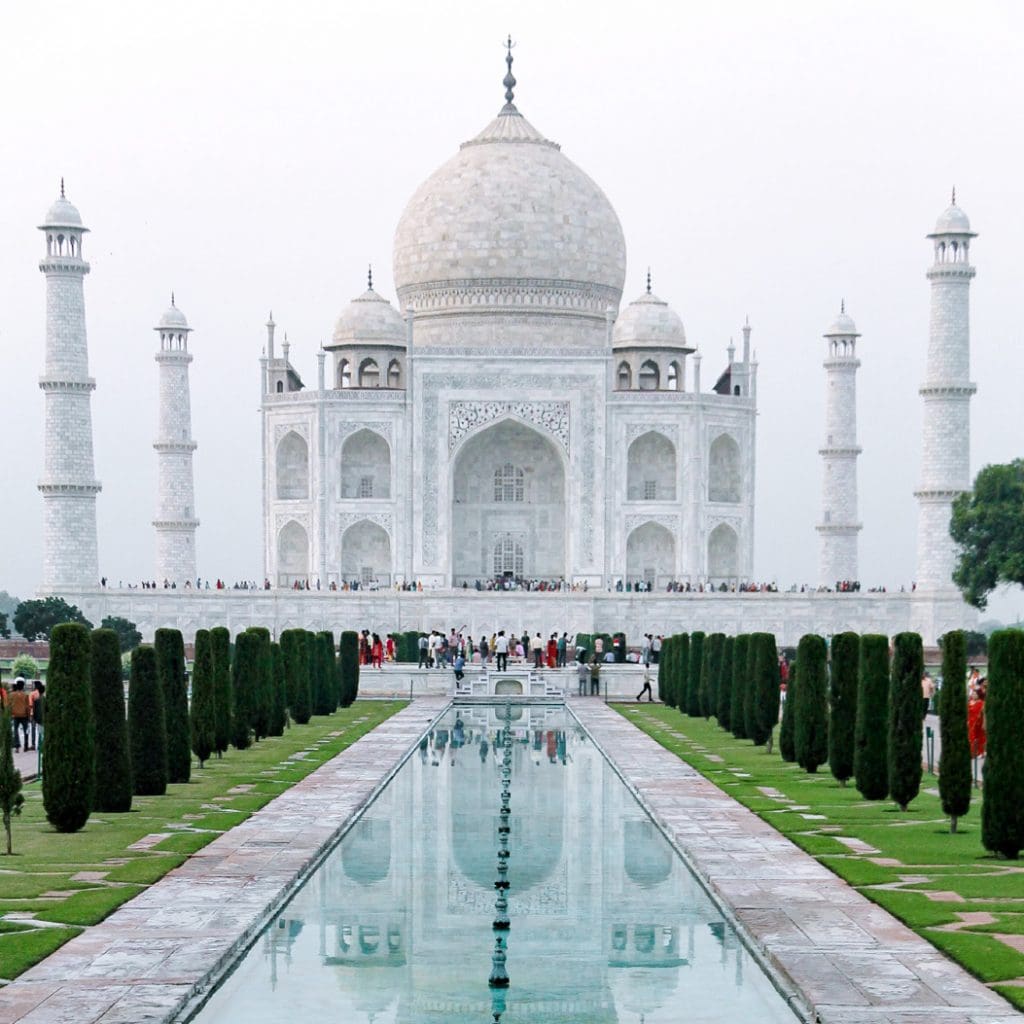
UNESCO world heritage sites India is dominated by the Taj Mahal and sits at the top of our ranking of the greatest ten UNESCO World Heritage Sites. The white marble mausoleum is widely beloved and, unsurprisingly, also seems on the bucket list of many visitors.
Luckily, the representational masterpiece – a 17th-century memorial constructed in Agra to honor a Mughal emperor’s beloved wife – is on the travel plans of most booked vacations to India, so you can admire the magnificent craftsmanship for yourself. Early morning travels are more mystical and provide the best option to escape the heat and mobs. Maybe you’ll get a chance to take a photo without much crowd.
Nubian Monuments, Egypt
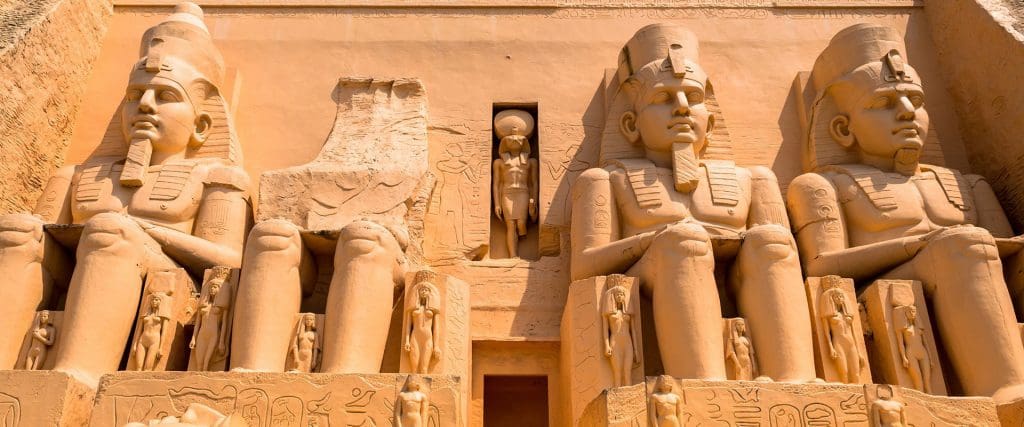
UNESCO recognized this landmark in 1979. It also depicts the historical magnificence and condition of the area during the reign of King Ramesses II even during the New Kingdom of Egypt.
The spectacular rock-cut Temples of Ramses II and his queen Nefertari are not only a genuinely stunning sight at Abu Simbel but the truth that this renowned structure with its four towering sculptures was transferred to avoid the rising waters of the Nile adds to its grandeur.
Similarly, the Sanctuary of Isis at Philae, a temple devoted to the ancient Egyptian goddess, was relocated to its present position in the 1960s as part of an extraordinary UNESCO-led operation. This top ten World Heritage Site, known as the Nubian Monuments, should be a necessary visit on any Egypt vacation.
Great Barrier Reef, Australia
Any vacation to Australia would not be complete without visiting the Great Barrier Reef. And the natural World Heritage Site is spectacular, with the world’s greatest variety of coral reefs, over 1,500 kinds of fish, 240 species of birds, and a variety of crabs, anemones, and marine worms.
It is also of significant scientific significance since it is the abode of endangered animals such as the dugong (‘sea cow’) and the giant green turtle.
Apart from this, Snorkeling in the picturesque Michaelmas Cay National Park, which is freely reachable from Cairns on the mainland, allows you to get up face to face with parrot fish, enormous clams, and perhaps even sea turtles. Glass-bottom boats ensure that landlubbers do not lose out.
Cape Floral Region, South Africa
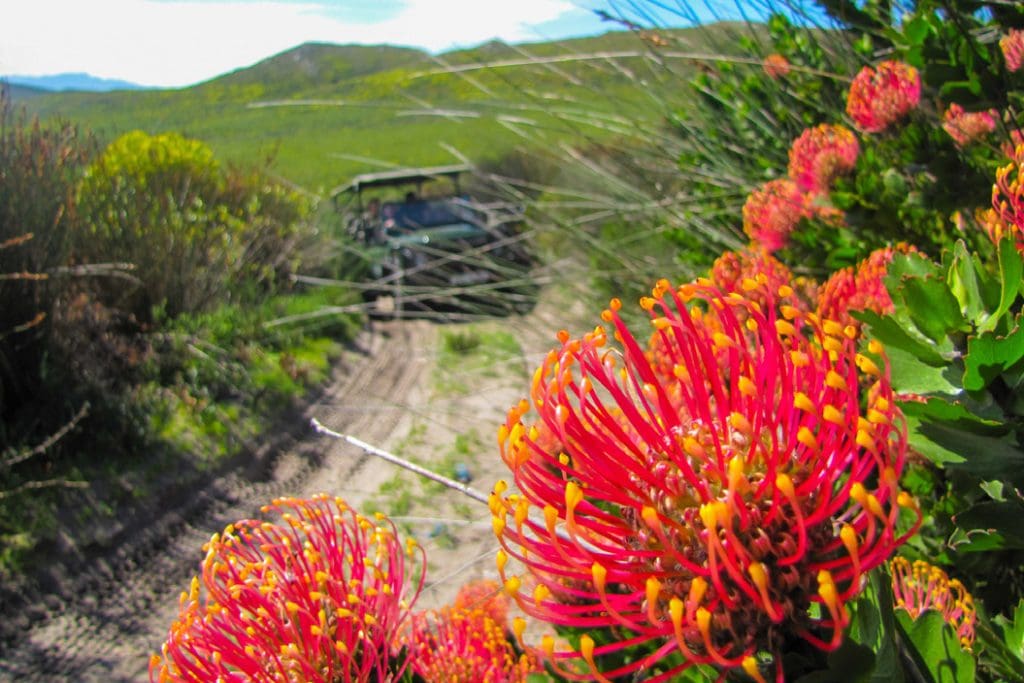
Table Mountain National Park, Groot Winterhoek Wilderness Area, and De Hoop Nature Reserve are only three of the 13 South African protected areas covering an area of more than 1 million ha that comprise the Cape Floral Region, one of the world’s most important sites of terrestrial biodiversity.
The region is a botanical hotspot, host to 20 percent of Africa’s flora although comprising less than 0.5 percent of the continent’s landmass, and was designated as a UNESCO World Heritage Site in 2004.
With two-thirds of the region’s estimated 6,000 plant species categorized as endemic, and another 1,736 labeled as threatened, a trip to South Africa will be a lifetime experience trip.
The Great Wall, China
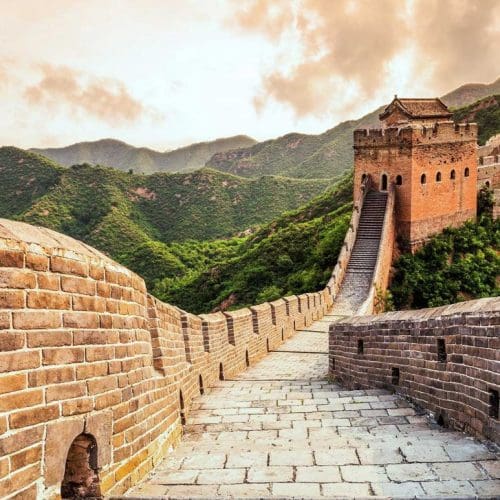
While exploring visits to China, you will undeniably notice that the Great Wall of China would seem on the majority of vacation packages. That is correct.
The UNESCO World Heritage Site stretches nearly 12,500 miles along the nation’s wooded ridges, serving as a tremendous protective barrier, one of the world’s most powerful military structures – and the only man-made landmark viewable from the universe.
Constructed from the third century BC to the seventeenth century AD, the primary body is composed of walls, watch towers, horse tracks, fortresses, and passes, and it is still regarded as a national symbol for ensuring China’s and its folk’s safety.
Kathmandu Valley, Nepal
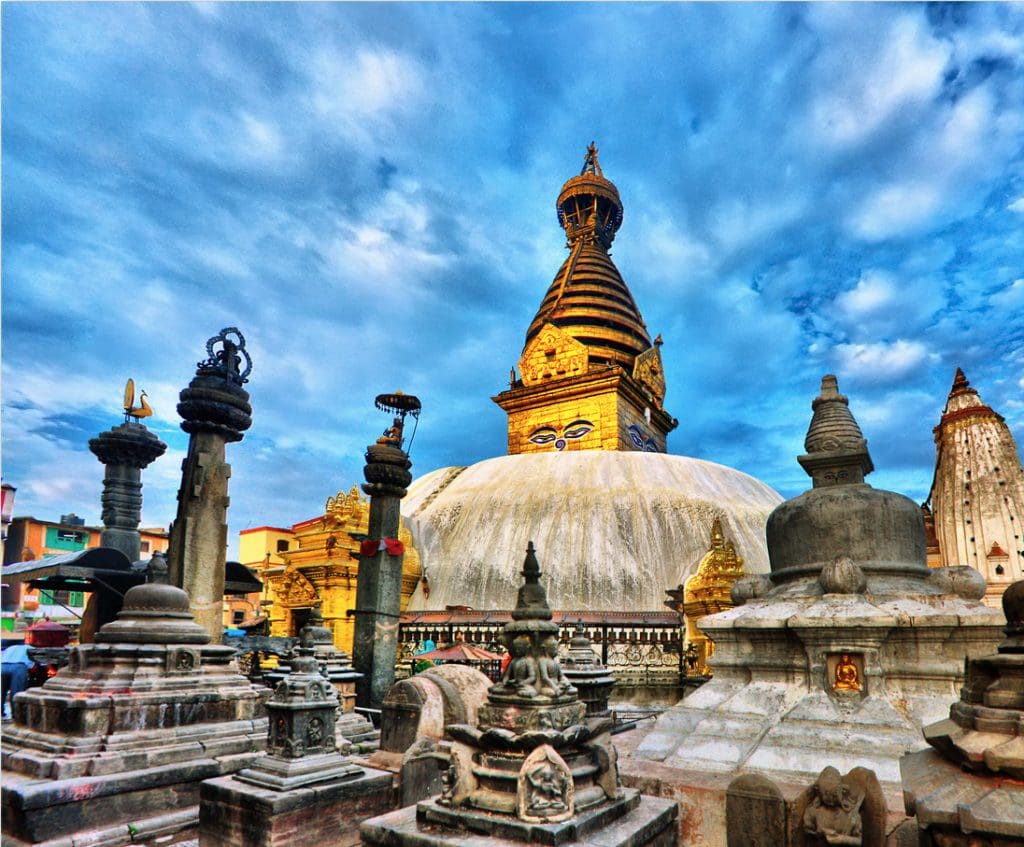
If you’re considering a trip to Nepal, don’t pass up the opportunity to see the Kathmandu Valley, which is among the top ten UNESCO World Heritage Sites.
The Himalayan foothills are home to two Buddhist stupas, two Hindu temples, and three secular landmarks, all of which are historically and spiritually noteworthy. These landmark regions are the Durbar squares or urban centers of Kathmandu (Hanuman Dhoka), Patan, and Bhaktapur, with their palaces, temples, and public spaces, as well as the religious complexes of Swayambhu,14th-Century Boudhanath Stupa, Pashupati, and Changu Narayan.
Since ancient times, the valley has been a focus of social, religious, and economic influence. The stupa’s eyes, which dominate the cityscape, seemed to be watching your every activity.
Petra, Jordan
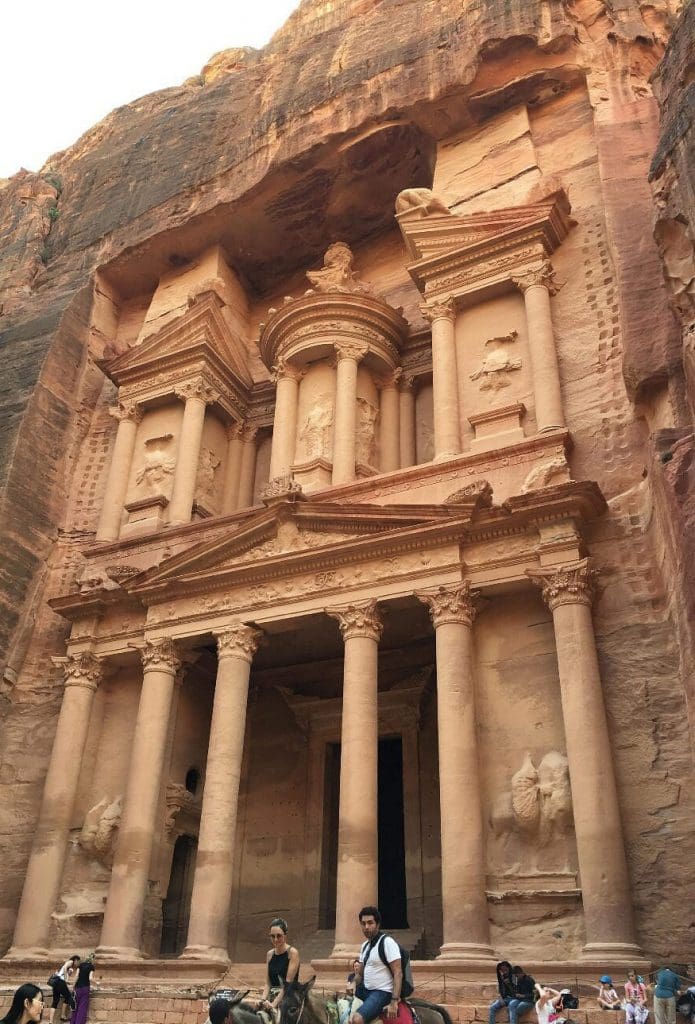
Petra is not just a UNESCO World Heritage Site; the archaeological site in Jordan’s southwestern desert has also been named one of the planet’s new Seven Wonders.
Tourists are amazed by the massiveness of Petra, which is often referred to as the rose-red city, due to the stunning red sandstone surrounding the half-built, half-carved rock setup. The Treasury, a 40-meter-high façade thought to have been built in the first century BC, would seem like a mirage through a slit in a slender gorge. The said exciting experience by itself is motivation enough to learn more about Jordan vacations.
Yellowstone National Park, USA
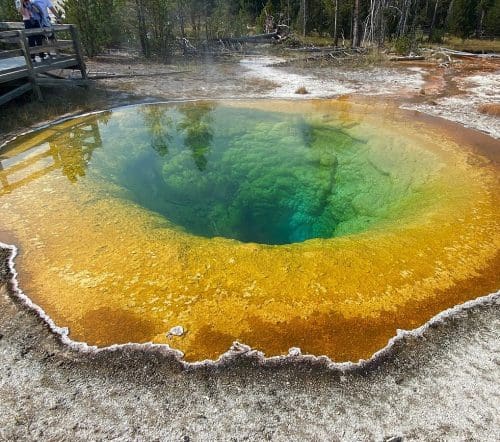
While on vacation in the United States, you will undoubtedly take a stroll on the wild side at Yellowstone National Park. The country’s first and exquisite nature reserve is a breathtaking combination of natural allure and steep wilderness, and it is home to grizzly bears, bison, and elk.
Among the UNESCO World Heritage Sites in the US, Yellowstone dominates with wonder – it has the world’s highest proportion of geysers, with over 300, or two-thirds of all geysers on this globe. The most renowned, Old Faithful, is by far the most dependable, erupting regularly to the pleasure of onlookers. Lower Falls, the park’s tallest waterfall, is almost double that of Niagara Falls and is a must-see attraction.
Bruges, Belgium
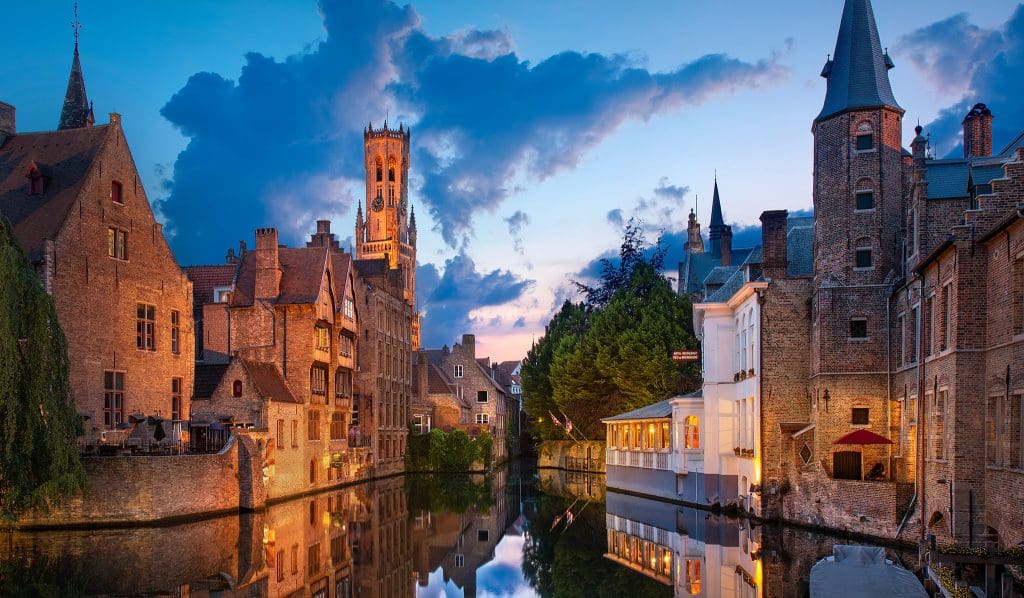
Nearer to home, the scenic city of Bruges creates our list of the most popular ten UNESCO World Heritage Sites, and it’s simple to witness why. This chocolate-box journey is filled with magnificent medieval buildings, glamorous squares, and captivating canals, making it a must-see on any trip to Belgium.
Bruges’ historic center is also known for its great Gothic architecture and world-renowned Flemish art by artists such as Jan van Eyck, whose classic works of art can still be found on the walls of the nearby Groeningemuseum. The Basilica of the Holy Blood, which houses a highly esteemed relic of Christ, is yet another highlight of your trip.
Machu Picchu, Peru
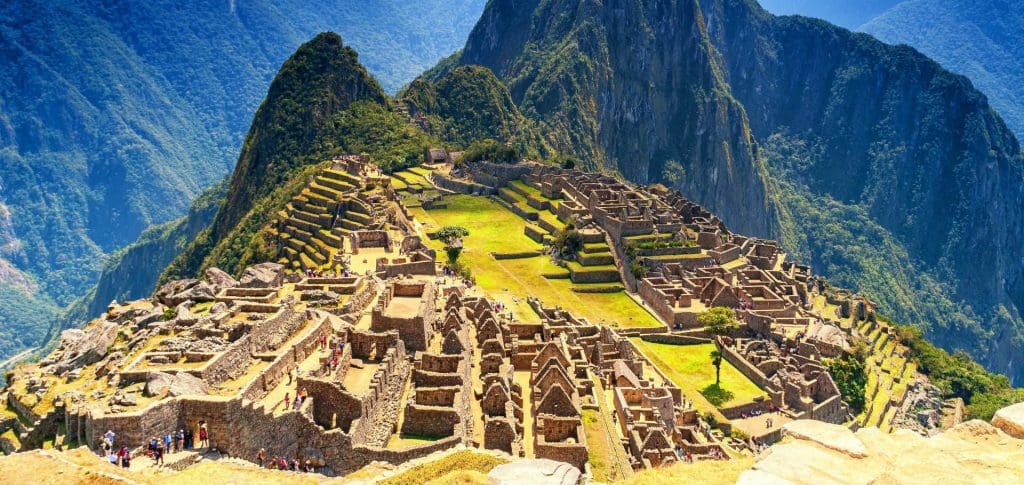
The renowned Machu Picchu lies 2,430 meters above sea level on the eastern slopes of the Andes and is a must-see for every Peruvian vacation. Machu Picchu was constructed in the Inca manner, with glossy dry-stone buildings.
The Inti Watana, the Temple of the Sun, and the Room of the Three Windows are its three main attractions. The most major Inca legacy, there is still much controversy about why Machu Picchu was created and then suddenly deserted.
The captivating religious, ceremonial, agricultural, and astronomical sanctuary, comprising over 200 buildings, is well acknowledged as a wonder to see. Allow your creativity to run wild as you wander through its walls, temples, and dwellings, marveling at the Lost City of the Incas.
Read More: Latest



